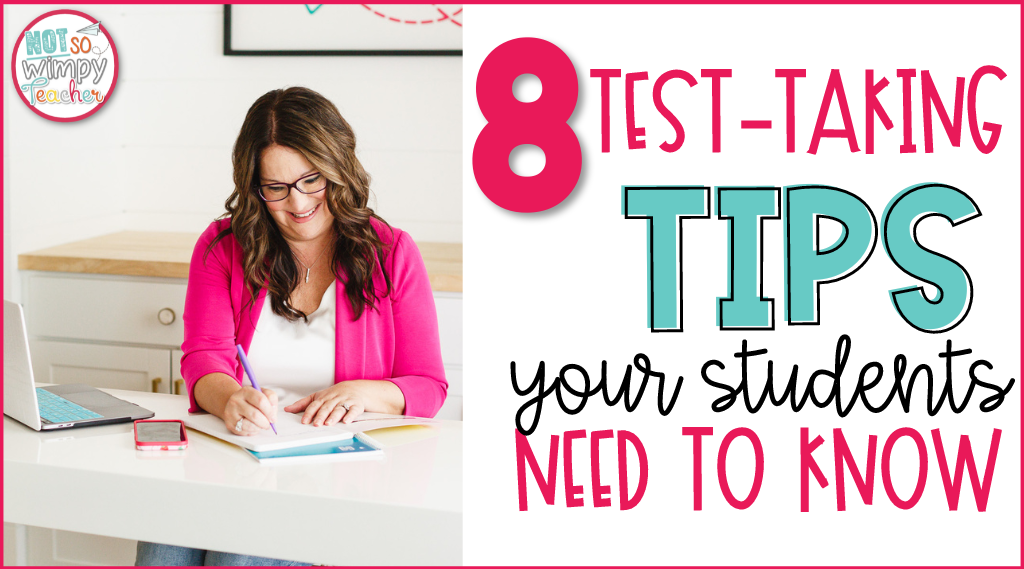
Every spring, teachers start to get a little bit anxious about testing season. Some rush to finish material before the test. Others scramble to teach special test-taking strategies. But there’s no need to worry. You’ve been teaching your students test-taking tips all year long.
Your students don’t need fancy new test-taking strategies. They just need to be able to confidently use the strategies you’ve been teaching in reading and math. If your students are comfortable with these basic test-taking tips, they have everything they need to be successful.
1. Read the directions
Let’s start with the most obvious test-taking tip – a simple strategy that leads to success. Read the directions. The directions tell you exactly what to do.
Unfortunately, most students don’t do this. They rush right into the passage or problems and don’t bother taking the time to read the instructions.
Therefore, the first strategy to make sure they know is reading the directions.
You will have to explicitly teach them how to do this. Model how to read the directions. Show students how to highlight the important words. Restate them in your own words. You might even want to try one of those silly “read the directions” activities.
2. Number the paragraphs.
One of the simplest close read strategies I taught was to number the paragraphs. Students would do this for every passage they read. After a while, numbering the paragraphs becomes automatic.
Numbering the paragraphs makes it easier for students to keep track of what they are reading. It also makes it easier to go back and look for answers later.
3. Read the passage carefully.
This next test-taking tip also requires reading carefully. The first thing I do with any passage is have students read the entire passage all the way through just to get a general idea of the meaning.
Notice I did not say to read the questions first. I know this is a common test-taking strategy. But it’s not what I advise during close reading, and it’s not what I teach students during test prep.
I’m not a big fan of teaching specific test-taking tips or strategies. Instead, I think the strategies we teach students to tackle problems and passages all year are the very same ones they should use for testing. And when I teach reading skills, my number-one priority is to get kids to understand the text.
I want them to comprehend the text as a whole. Not skim it looking for the answers to specific questions.
So, instead of starting with the questions, I teach them to read the passage carefully and think about what they are reading. Some questions they should be able to answer are:
- What is the author telling you?
- What is the text mostly about?
- What are the most important details?
- What parts are confusing?
When they are finished, they should be able to complete the statement, “That reading was about . . . “
4. Mark the text
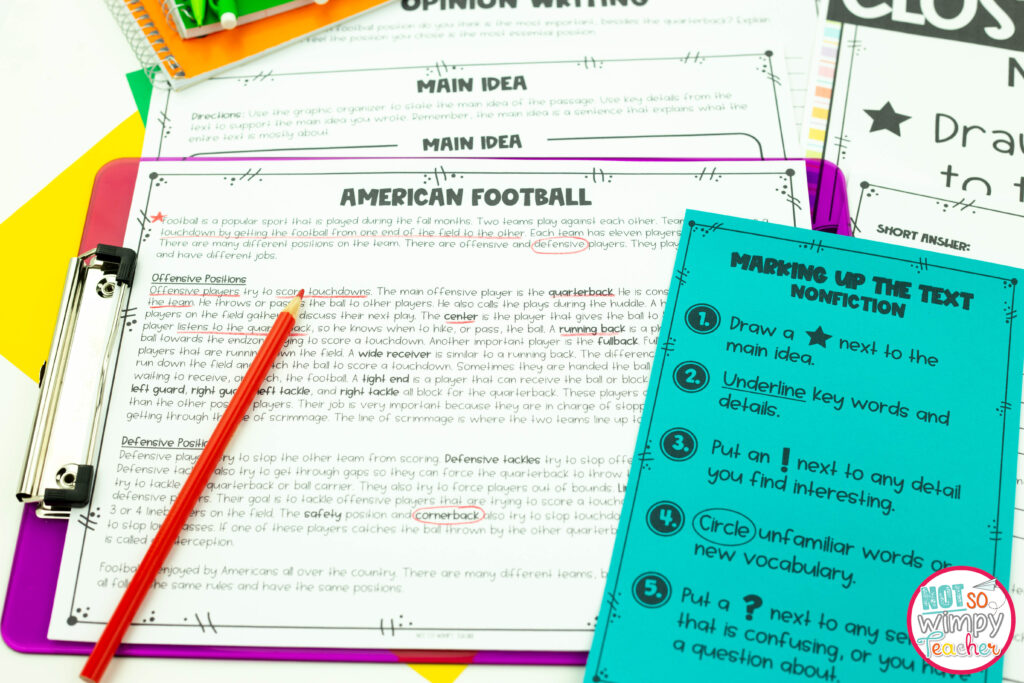
Once students have completed reading the passage the first time, they need to go back and reread. During this reread they should mark the text.
What they mark will depend on whether they are reading fiction or nonfiction. In fiction passages, students should mark the characters, setting, problem, and solution. They should also circle unknown words.
In nonfiction, they will want to mark the main idea, key words, and interesting details. They should also be encouraged to use question marks for parts they don’t understand.
Marking the text is a great test-taking tip because it helps readers engage with the text and makes reading an active process.
Close Reading Passages
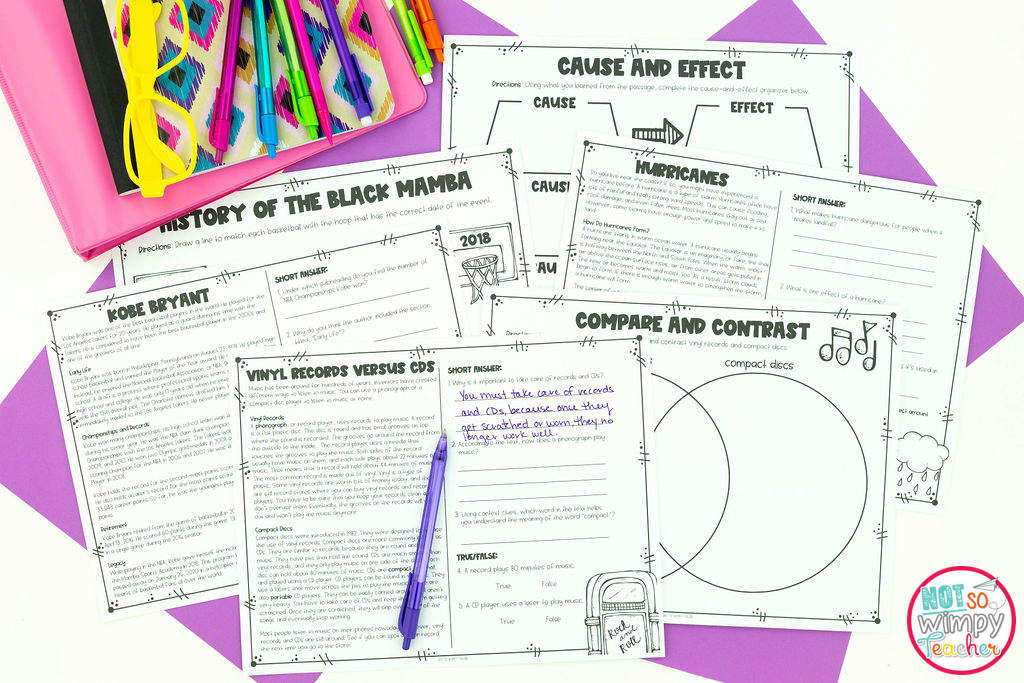
These close reading strategies will help your students focus on the reading, think critically about the text, and develop a deeper understanding of the text, which will help them perform better on standardized tests.
You can read more about how to teach close reading.
I’ve also created seasonal reading passages to give your students extra practice with these close reading skills. Each month has a unique set of reading passages that combines fiction and nonfiction texts. These student-friendly passages are based on seasonal events and holidays that kids are interested in learning more about.
Each passage includes comprehension questions, standards-based activity, and a reading response activity. These passages are a great way to practice test-taking tips in a fun, engaging, and authentic way.
Shop This Post
5. Draw a math model.
My test-taking tips are similar for math. When students are working on math problems, they still need to read the problem all the way through before they start working. This helps them understand what they are being asked to do.

On their second read, they should draw a math model. To do this, they read one sentence at a time and draw a model that represents what they are reading. These don’t need to be detailed pictures. In fact, there won’t be time for that during testing. Students should draw a simple representation of the problem using circles, boxes, Xs, or tally marks. Read more about my math problem-solving strategy.
6. Read all the answer choices.
An important test-taking strategy is to teach students to read all the answer choices. Much like reading the directions, this is something that a lot of students rush through. Although they may think they have found the right answer, there might be another equally good or even better answer below.
In recent years, many tests have made answer choices more nuanced, and students really do have to pick the “best choice.” Make sure your students are reading all the answer choices before selecting a response.
It is helpful to model this process in class and carefully review all the options before selecting an anser.
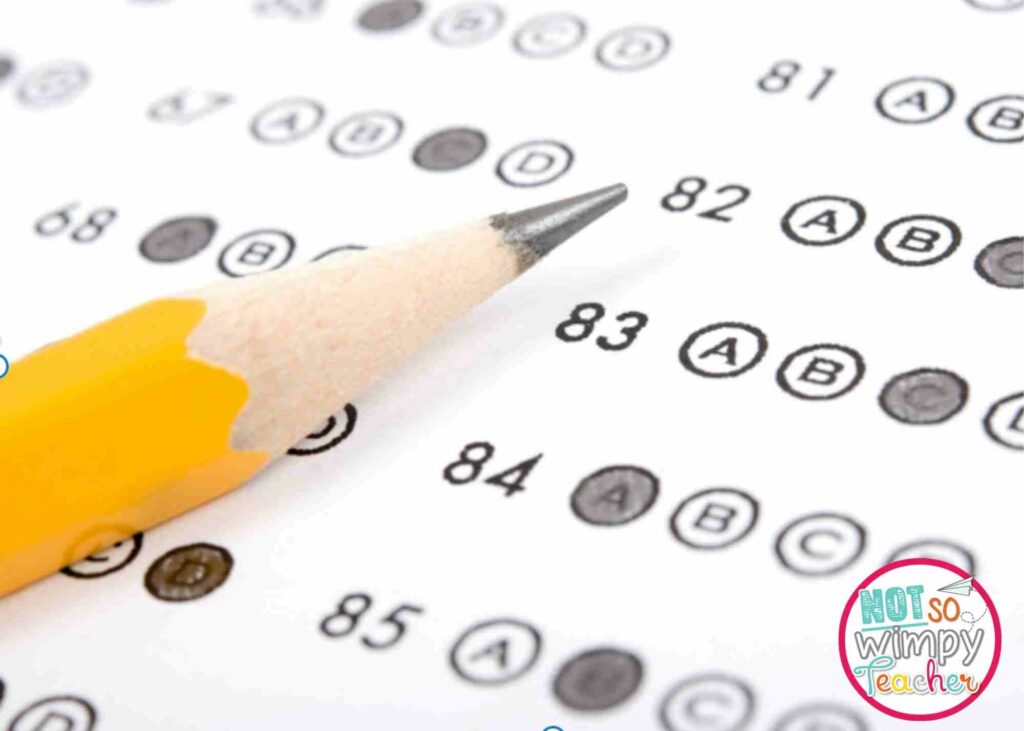
7. Eliminate wrong answers.
A related test-tasking tip is to teach students to eliminate obviously wrong answers. This also helps ensure they read all the answers. Have students mark an “X” next to any items they believe are incorrect. I don’t suggest drawing a line through a “wrong answer,” because this makes it difficult to read if their initial determination is wrong and they need to revisit the answer choice later.
If students are properly reading all the answer choices, every problem should have three Xs (assuming there are four answer choices). I suggest they put a check mark next to the correct answer choice. Marking every option demonstrates they have read all the answers.
This is a strategy that students can use all year, not just during testing season. But you will definitely want to model it and show students how you decide whether an answer is obviously wrong.
Here are some tips to help students identify wrong answers:
- Eliminate any obviously wrong or silly answers; i.e. the reading passage is about whales and the answer talks about penguins
- Eliminate absolutes; i.e. whales always eat plankton (this strategy is not 100% foolproof, but if students are really stumped, it can be helpful)
- Look for answers that are very different from the rest; i.e. math problem answers are 5, 7, 9, and 124.
- Use other questions/answers to help – often by carefully reading all the questions and answer choices about a passage, you can find some helpful clues to eliminate wrong answers.
8. Take your time
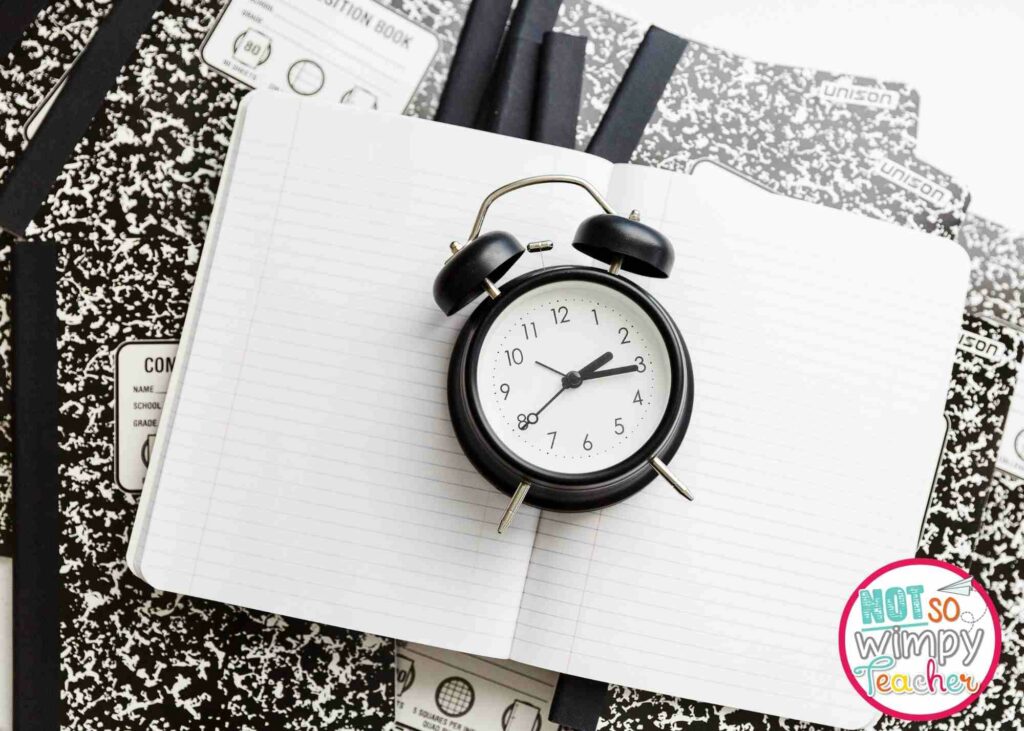
Finally, the last test-taking tip to teach students is to take their time. As mentioned above, kids have a tendency to rush through assignments. And standardized tests are no different. They skip the directions, skim the passages, solve problems based on numbers without actually reading the question… You get the idea.
Make sure students understand there is no prize for being done first. In fact, no one in the class can move on to other activities until everyone is finished. Encourage them to:
- take their time
- read carefully
- check their answers
- make sure that all answers are recorded in the answer booklet
- write neatly
- use all the time provided to make sure the test shows work they can be proud of
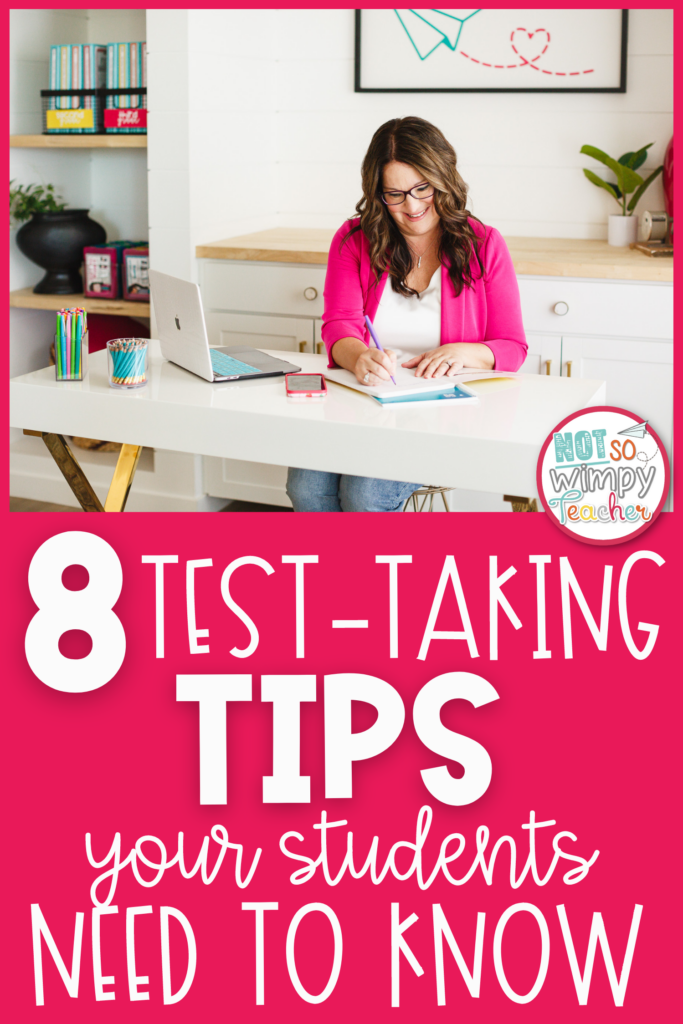
I hope those test-taking tips make testing season a little bit easier for your class.
Have a Not So Wimpy Day,





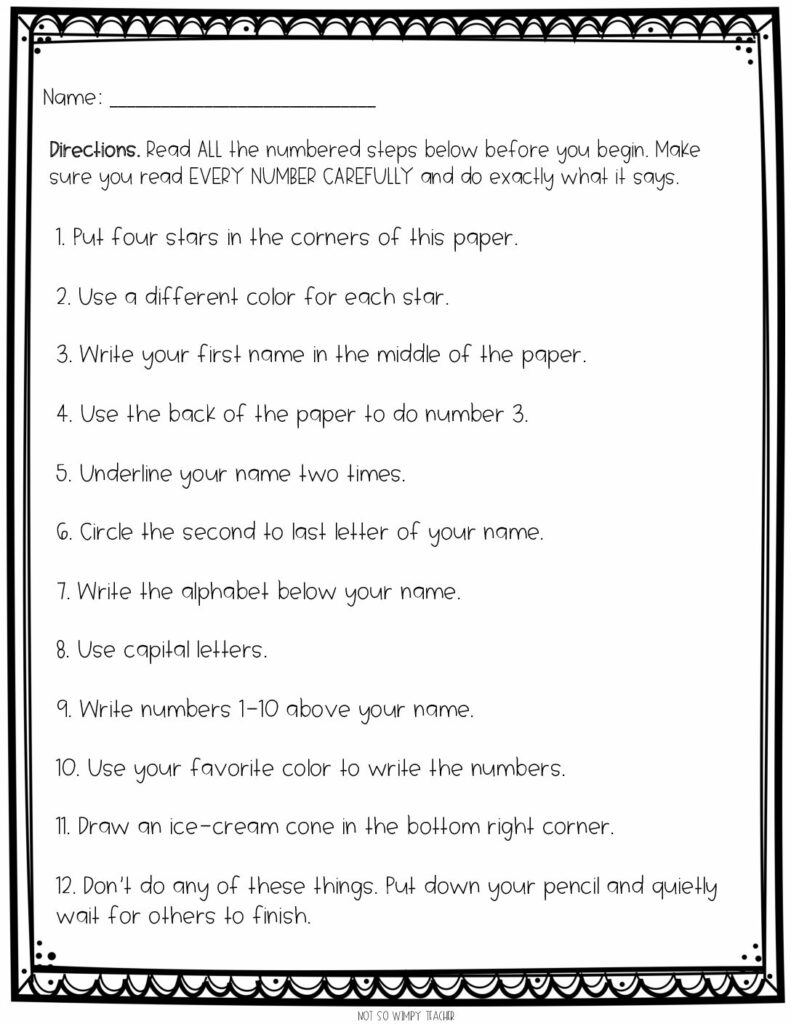
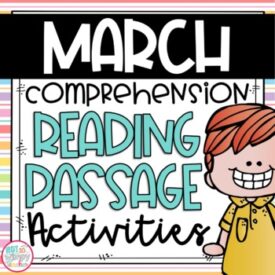

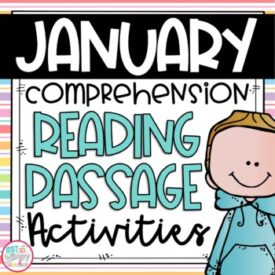

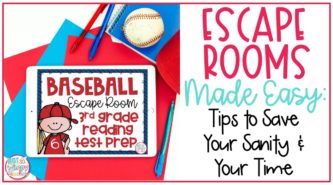

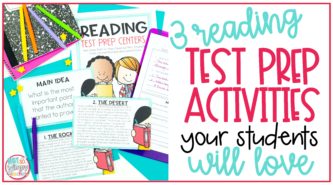











I wish there was a way to print this to share with my students.
Hi Trina,
Our Test Prep: Game Day resource includes many of these tips and is a fun way to prepare students for the big day. https://www.teacherspayteachers.com/Product/Test-Prep-Game-Day-1103918
I wish I could print that sheet for reading the directions first. It would be a great reminder to my class.
@Victoria Bryan You can click on the link in the section above the picture of the activity sheet, “read the directions” This will open in a new window. Then you can enlarge it by clicking on the arrow to make it larger and that opens the document into a pdf for printing. Hope this helps.
Is there a way to print this so I can share this with my students? Also, any tips on how to keep track of things while taking a test on the computer?
Hi Stacey,
Our Test Prep: Game Day resource includes many of these tips and is a fun way to prepare students for the big day. https://www.teacherspayteachers.com/Product/Test-Prep-Game-Day-1103918
How do I print the 8 tips ? The link that you referred to in the above answer is the game
Hi Justine,
I hope you enjoyed the test-taking tips! The post has several links to resources and the “read the directions” page. To share the tips with your students,
our Test Prep: Game Day resource includes many of these tips and is a fun activity to do with your students. https://www.teacherspayteachers.com/Product/Test-Prep-Game-Day-1103918